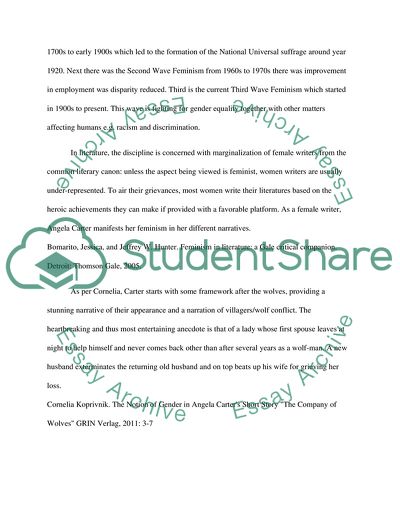Cite this document
(“Feminism in Angela Carters The Company Of Wolves Essay”, n.d.)
Retrieved from https://studentshare.org/gender-sexual-studies/1640874-feminism-in-angela-carters-the-company-of-wolves
Retrieved from https://studentshare.org/gender-sexual-studies/1640874-feminism-in-angela-carters-the-company-of-wolves
(Feminism in Angela Carters The Company Of Wolves Essay)
https://studentshare.org/gender-sexual-studies/1640874-feminism-in-angela-carters-the-company-of-wolves.
https://studentshare.org/gender-sexual-studies/1640874-feminism-in-angela-carters-the-company-of-wolves.
“Feminism in Angela Carters The Company Of Wolves Essay”, n.d. https://studentshare.org/gender-sexual-studies/1640874-feminism-in-angela-carters-the-company-of-wolves.


